Mas Candille, a former farmhouse turned hotel that conjures summers with grandma in Provence
“I look to create candlelight,” says Hugo Toro. The French-Mexican architect and designer found the latest home for his aesthetic universe in Mas Candille, located in France’s Mougins region. The adventure to renovate the location took the atmosphere builder from California to the Riviera
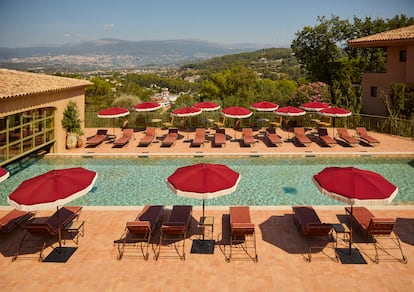
Delicately perched on a hill overlooking Cannes, just a two-minute walk from the vieille ville of Mougins, one finds Mas Candille and its harmonious play of warm colors that echo the surrounding Provençal landscape. The historic farmhouse was, for more than 20 years, a destination hotel for loyal clientele. Today, the sleeping beauty has reawakened, due to the masterful touch of French-Mexican architect and designer Hugo Toro (Lorraine, France, 34 years old).
The hotel’s rebirth has been carried out thanks to the owner of the H8 Collection group, Jean-Philippe Cartier, who, along with the Courtin-Clarins family, acquired the complex in 2021 and decide to renovate it completely, a process that included replanting its gardens and changing the configuration of its main swimming pool, flanking it with palm trees in a particularly Californian flourish. A second pool has been added for special guests, featuring a curvature that leads the eye to the phenomenal views that characterize its setting.
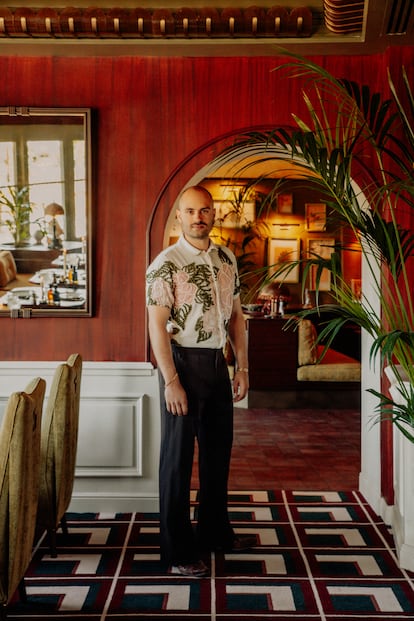
To carry out the concept, Cartier had the good taste to trust in Toro. The architect has transformed the complex, with the inimitable mountain views of the perfume capital of Grasse, into a luminous location whose interiors and exteriors are inextricably intertwined.
Toro’s resume is well worth a look. At 34, he has overseen the interior design of London’s Midland Grand Dining Room, Saint Tropez’s Gigi restaurant and New York’s Villa Albertine. That’s in addition to designing to first Orient Express hotel, La Minerva, located in Rome’s 17th century Palazzo Fonseca, plus one of his greatest works to date: a restaurant in London’s neo-Gothic St. Pancras station, for which he created a beautiful setting in the style of a Victorian winter garden as seen through a powerful contemporary lens.
An architect and interior designer with a talent for narrative, Toro sees each project as a theatrical production through which to tell the tale of a journey. When he originally set foot in Mas Candille to take on the creation of his first hotel, he was struck with both the memory of summers spent 20 minutes away with his French grandmother (in her house with yellow curtains, which explains the similar tones found in the floral-print drapery and carpeted floors that recall the surrounding landscapes) and the year he lived in Los Angeles. The journey between those two locations can be read throughout Mas Candille. Toro has built a bridge between Provence and California using 1970s design tropes, sun-dappled postcards from Palm Springs and Beverly Hills and the native flora of the French Riviera. “As I descended into this olive tree-sheltered fortress, the first thing that occurred to me was an evocation of Los Angeles. I thought about how an American would react upon their return to Provence,” he says. In his desire to recreate stories, construct intimacies and reconcile the past and the contemporary, gradations of illumination play a central role. “Light is very important in my work, how it can function from morning to night and in different areas: rooms, pool, spa … How we follow the progression of the sun during the day and according to the seasons,” Toro continues. “Mas Candille has to function in winter and summer and from morning to night. What attracted me most about this hotel is that it is not a hotel, it is a house converted into a hotel. Since there are many acres and different buildings, it is possible to work with familiar atmospheres, indirect lighting, low lighting.”
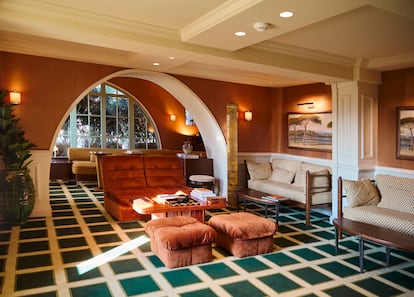
After spending a few hours amid the vegetation, the pools, the rooms of Mas Candille, one arrives at the understanding that Toro has created a global and transversal space, that his creative approach is based on the way places are experienced, that he enjoys incorporating his clients’ habits, limitations and preferences, that he looks for defining lines, characteristics, the life that unfurls in a space. His objective is to create interiors and exteriors that speak for themselves. Toro designed around 85% of the furnishings, fabrics and upholstery (chairs, lampshades, sofas, carpets, curtains, headboards) and all of the lamps, save for a few vintage pieces that came from antique shops. A welcoming spirit and predilection for warm atmospheres can be found among his designs and colors. “It comes from my Mexican mother. She loves receiving people and always said that she couldn’t receive anyone without the right lighting and flower arrangements. Ours was a shoddy version of the Frida Kahlo house and the ones made by Luis Barragán. Mexico is very present in my work. I’ve subliminally taken on its color study. I used to have fun with my mother re-painting and re-decorating rooms, creating worlds of color, texture, movements and histories. Color comes before everything else. Color is not a pigment, it’s in light and I look to create candlelight.”
Toro’s parents met at a Club Med in Mexico, where he worked as a doctor and she, as a host. His sister was born in Mexico and he was born in eastern France, where he spent his early years. His fondness for travel stems from this rich genealogy. Curiosity came naturally to Toro. After high school, he attended the Penninghen school in Paris to study interior architecture and graduated first in his class before doing a second master’s in architecture between Vienna (where he soaked in Otto Wagner’s genius and attention to details and Adolf Loos’ materiality) and Los Angeles (where he focused on conceptual architecture and digital technology with professors that ranged from Greg Lynn to Zaha Hadid.)
Guarded by the swans from which it takes its name (candelou in Provençal, candille in old French), the original Mas farmhouse is now home to 19 guest rooms, a library, cigar room, the Bar des Pins and La Table des Pins restaurant (where one may dine without staying in the hotel), both run by local chef Romain Antoine, who is committed to “cuisine with a purely Provençal spirit, which revisits traditional recipes and is based on seasonal products.” Around this building stand others, such as the 21-room Bastide, nestled between the two swimming pools and gardens. Here too is the olive tree underneath whose branches Napoleon and his troops slept when they returned from Elba, one night in 1815.
And then there are the six suites, open to nature, in the so-called Villa, a contemporary building whose lines seem to disappear into the landscape. Add to this The Glow House, the spa managed by Clarins, a destination on its own merits for which landscape design has been rethought and the 25-meter swimming pool (indoor and outdoor, operating year-round) has been redesigned; a kids club, La Orangerie (suitable for events, workshops and yoga classes) and, of course, another southern France touchstone: a terrain for playing pétanque. Director Nicolas Gachet and commercial director Marie-Ange Bihouix say that “we are looking for personalization, for the client to live with the spirit, the stillness, the silence, the absence of noise and light pollution of Mas Candille.”
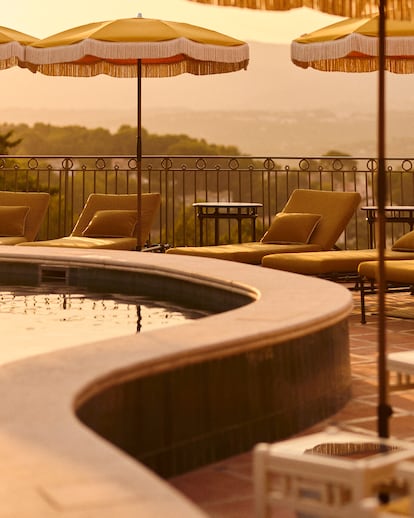
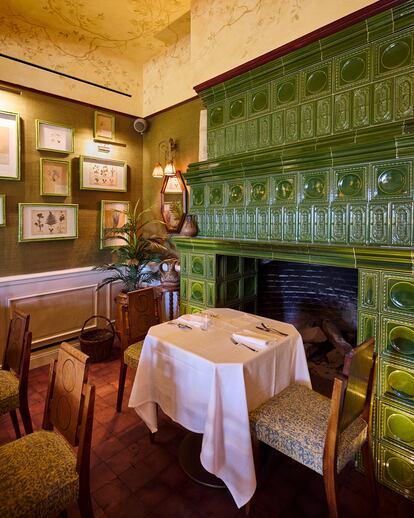
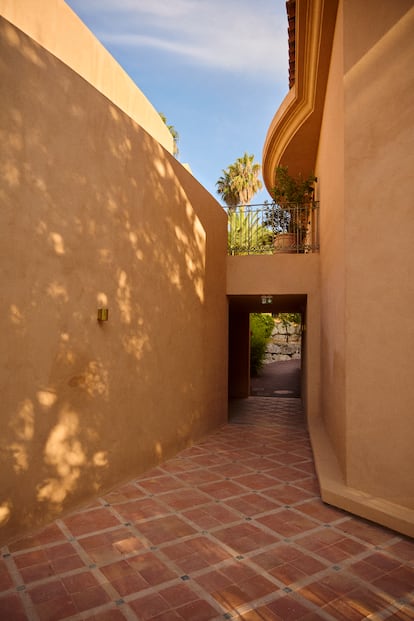
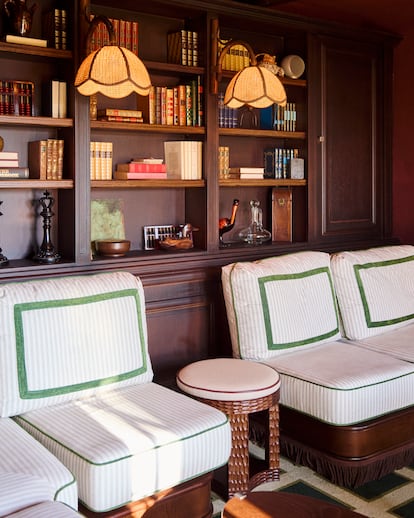
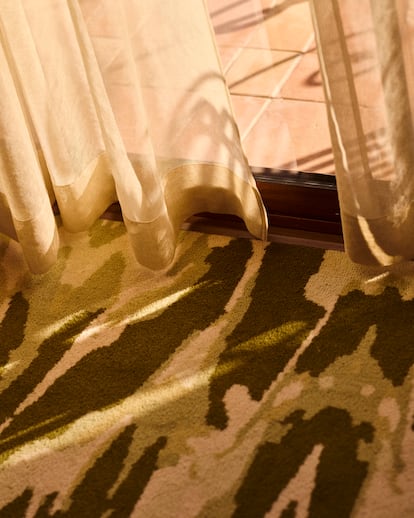

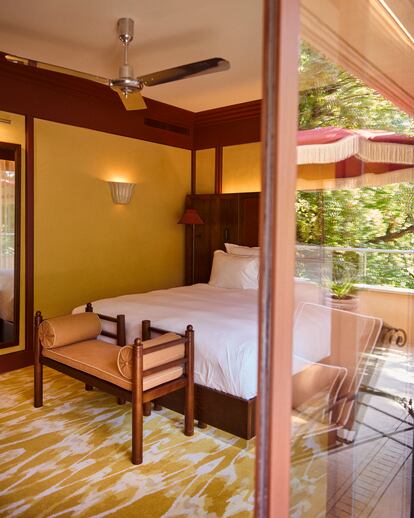
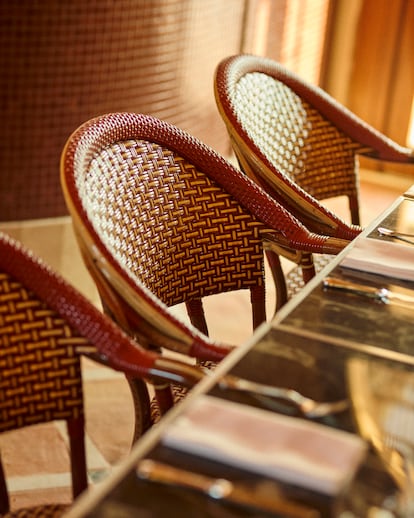

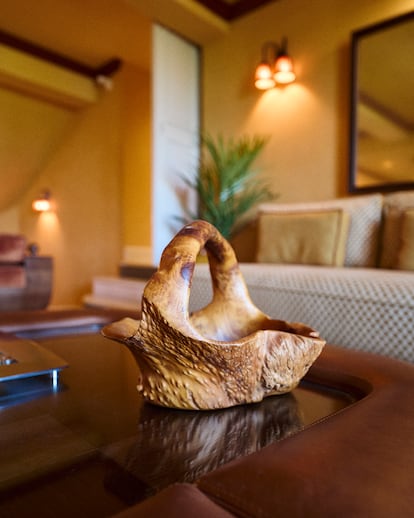
It’s in the common areas like the restaurants and library where one most appreciates Toro’s passion for art deco. Here too is the undeniable influence of Jean Dunand, the master of the art of lacquering (his students include Eileen Gray) who refined deco furniture to perfection, as reflected by his Salon des Laques, located in the Palais de la Porte Dorée in Paris, Albert Laprade’s great work in collaboration with Jean Prouvé. Both Dunand and the irreverent Pharrell Williams, not to mention Barragán and the painter Ángel Zárraga, have given shape to the eclectic creativity of a designer unafraid of daring. “I work on contrast in all the facets of my life, the opposition of materials, of lights and shadows, of colors,” says Toro. “I like to gamble and I prefer to take risks rather than get bored. I start from a common thread that allows me to integrate myself into the context, because Rome, New York and Dubai are not the same. If each project is a journey, you have to consider its dimension. That is to say, adapt to its architectural and human context, as in measurements, which are not the same for sitting at happy hour as being in a swimming pool or on a terrace.”
The deed of Mas Candille requires that the building maintain its 19th century appearance — which is just fine by Toro. “I don’t like the concept of a pop-up store or restaurant; the beauty of a hotel is that it is timeless. That’s why I used the green fireplace in the bar as a reference. It was already there, one of the symbols of yesteryear. All the motifs stem from it. It has been the root. The rooms asked for more American furniture and floral motifs to bring the landscape inside. It’s a destination hotel, not a transitional place.” He’s not wrong. The Mas Candille experience is hardly unrepeatable — to the contrary, it has been designed to be visited again and again.
Sign up for our weekly newsletter to get more English-language news coverage from EL PAÍS USA Edition
Tu suscripción se está usando en otro dispositivo
¿Quieres añadir otro usuario a tu suscripción?
Si continúas leyendo en este dispositivo, no se podrá leer en el otro.
FlechaTu suscripción se está usando en otro dispositivo y solo puedes acceder a EL PAÍS desde un dispositivo a la vez.
Si quieres compartir tu cuenta, cambia tu suscripción a la modalidad Premium, así podrás añadir otro usuario. Cada uno accederá con su propia cuenta de email, lo que os permitirá personalizar vuestra experiencia en EL PAÍS.
¿Tienes una suscripción de empresa? Accede aquí para contratar más cuentas.
En el caso de no saber quién está usando tu cuenta, te recomendamos cambiar tu contraseña aquí.
Si decides continuar compartiendo tu cuenta, este mensaje se mostrará en tu dispositivo y en el de la otra persona que está usando tu cuenta de forma indefinida, afectando a tu experiencia de lectura. Puedes consultar aquí los términos y condiciones de la suscripción digital.
More information
Últimas noticias
Most viewed
- Oona Chaplin: ‘I told James Cameron that I was living in a treehouse and starting a permaculture project with a friend’
- Reinhard Genzel, Nobel laureate in physics: ‘One-minute videos will never give you the truth’
- Sinaloa Cartel war is taking its toll on Los Chapitos
- Why the price of coffee has skyrocketed: from Brazilian plantations to specialty coffee houses
- Silver prices are going crazy: This is what’s fueling the rally











































